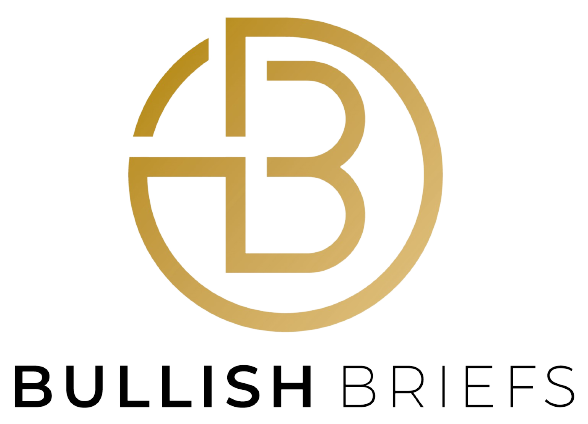Deciphering July 2023’s Producer Price Index: A Comprehensive Analysis
As we venture further into 2023, it’s pivotal for industry experts, investors, and even curious readers to get a grasp on the economic indicators that sway markets. One such vital indicator is the Producer Price Index (PPI). Let’s unpack its July 2023 data and what it conveys about the U.S. economic landscape.
1. The Rise, Fall, and Stagnancy of Prices: PPI in a Snapshot
July saw the PPI for final demand inch upwards by 0.3%. While this might seem minuscule, the context adds flavor to this statistic. Rewind to June, and the numbers stood still with no change. Even more striking was May’s 0.3% decrease. So, what does this rise in July signal? Perhaps a rebound or merely an anomaly? Only time will tell.
Over the last 12 months, the unadjusted index registered a growth of 0.8%. This paints a picture of cautious optimism in the producer landscape.
2. Spotlight on Final Demand: Services Take the Lead
In July, services under the final demand banner took center stage with a 0.5% growth. Diving deeper, this surge was majorly attributed to the prices for services, excluding some sectors like trade, transportation, and warehousing. But not all sectors basked in the growth. Noteworthy were the food and alcohol retailing margins, which took a 2.5% hit.
On the goods front, prices only nudged a bit with a 0.1% increase. However, meat lovers might want to note a substantial 5% spike in meat prices.
3. The Dynamics of Intermediate Demand
Processed goods experienced their sixth consecutive decline, dropping 0.6% in July. However, unprocessed goods, especially with the crude petroleum price surge, displayed a robust 1.7% growth.
Service prices, aligning with the theme of growth in the final demand, rose by 0.5% for intermediate demand.
4. PPI Vs. CPI: A Tale of Two Indexes
It’s common to pit the PPI against the Consumer Price Index (CPI). But here’s the thing: they’re different players in the same game. While PPI zooms in on the sellers’ perspective, CPI dons the hat of the buyer. Not just in perspective, they differ in their scope, with PPI excluding components like imports and taxes, which the CPI includes.
5. The PPI Structure: More than Just Numbers
At its core, the PPI revolves around commodities, industries, and their interplay. Since 2009, it’s evolved to include services and construction, broadening its scope and relevance. And with over 64,000 price quotations analyzed monthly, it’s a mammoth task that requires precision.
Wrapping Up: Why Should We Care?
The PPI, with its fluctuations and trends, provides a barometer for the health of the manufacturing and broader economic sectors. July’s insights offer a mixed bag of optimism, challenges, and resilience. For stakeholders, these trends offer a roadmap to navigate their strategies. And for the everyday reader, it’s a sneak peek into the cogs and wheels of the economy.
Keep an eye on the PPI; it’s more than just an index – it’s a story of industries, markets, and our economic future.







